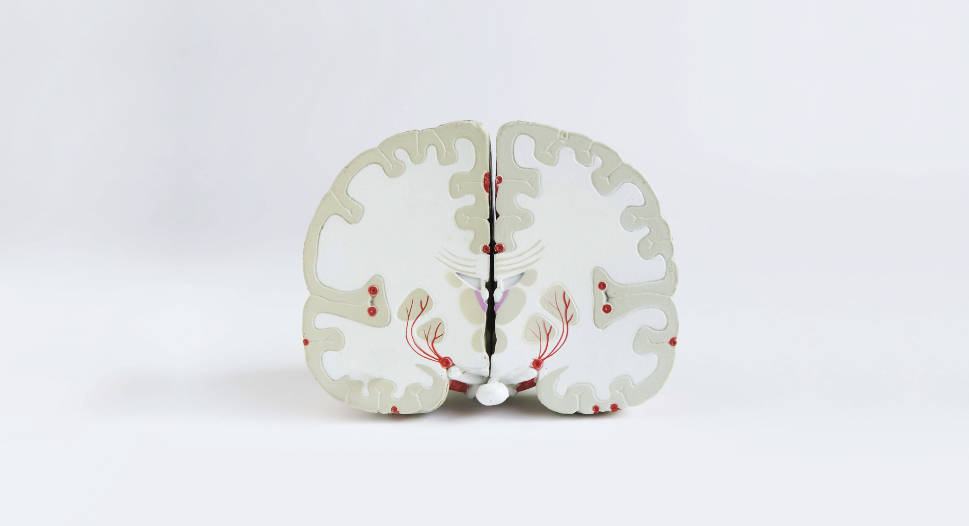While the neuroprotective effects of NMN are well established, concerns arose following a 2015 study that observed a potential link between NMN accumulation and axonal degeneration.
Subsequent research has provided more insight into this regulatory mechanism.
This article delves into the scientific evidence concerning NMN, SARM1 activation, and their impact on axonal health.
Key Points:
Recent research has significantly advanced our understanding of SARM1 regulation in neurons:
- SARM1 acts as a metabolic sensor and NAD+-consuming enzyme, potentially triggering neurodegeneration
- Activation of SARM1 is primarily driven by the NMN/NAD+ ratio, rather than absolute NMN levels
- NMN supplementation does not pose a risk for axonal degeneration in healthy people
- Emerging evidence suggests NAD+ precursors may be safe and beneficial in some neuropathies
NMN and SARM1 Activation
Neuronal health relies on concentration differences between NAD+ and its precursor, NMN. This ratio directly influences the activity of SARM1, a NAD+-consuming enzyme that triggers neurodegeneration upon activation.
Healthy Neurons
In healthy cells, a low NMN/NAD+ ratio prevents SARM1-mediated degeneration.
- The enzyme NMNAT2 actively converts NMN to NAD+, maintaining a low NMN/NAD+ ratio that favors NAD+ binding to SARM1 (1)
- SARM1 is held in an inactive state by the abundant NAD+ molecules, preventing it’s activation and destructive cascade (2)
Neurons in Injury/Disease
During injury or disease, NMNAT2 levels are compromised, shifting the NMN/NAD+ ratio, favoring SARM1-mediated degeneration. (3)
The NMN/NAD+ Ratio Determines SARM1 Activation
While NMN can activate SARM1, it competes with NAD+, a SARM1 inhibitor. As a result, SARM1 activation relies on the NMN/NAD+ ratio rather than solely on the absolute quantity of NMN. (1)
This ratio’s significance helps clarify the seemingly contradictory findings that NMN both activates SARM1 and exhibits neuroprotective properties.
“This model explains why pre-treatment with NR + NRK1, which leads to a dramatic increase in both NMN and NAD+, not only does not trigger spontaneous axon degeneration, but instead robustly protects axons following injury.” (1)
SARM1 activation only occurs in response to a significant increase in the NMN/NAD+ ratio (>10-fold), whereas modest increases (~2-3 fold) have no effect. (1)
“SARM1 is a metabolic sensor that responds to a large change in the NMN/NAD+ ratio, as is seen when NMNAT2 is lost, but that is not activated by either concurrent, equivalent changes in the levels of NMN and NAD+ or by more modest changes in their ratio.” (1)

NMN Supplementation in Healthy Individuals
It is evident that NMN supplementation does not disrupt neuronal function in healthy individuals.
“There is no evidence that supplementation of NMN or other NAD precursors cause neurodegeneration through SARM1 when NMNATs are active and normally expressed.” (7)
A crucial aspect of NMN supplementation is its ability to raise NAD+ levels, rather than just increasing NMN levels. Studies have shown that NMN supplementation can effectively achieve this:
Therapeutic Potential for Neuropathies
Although animal models suggest that NMNAT-dependent SARM1 activation contributes to various neurodegenerative conditions like peripheral neuropathy, traumatic brain injury, and glaucoma, studies have also highlighted the potential benefits of NAD+ precursors, including NMN, for these conditions. (11)
Glaucoma
In animal models of retinal degeneration, NMN supplementation reduced photoreceptor cell death, reduced inflammation and oxidative stress, and increased NAD+ levels and SIRT expression. (12, 13)
“NMN administration exerts neuroprotective effects on photoreceptors after retinal detachment and oxidative injury, suggesting a therapeutic avenue to treating photoreceptor degeneration.” (12)
Early clinical trials investigating NAM supplementation in adults with glaucoma, a neurodegenerative disease marked by low NMNAT2 and axonal injury, have yielded promising results. These studies, spanning 3 and 8 weeks, demonstrated favorable safety profiles and potential benefits. (14, 15)
“The identification of NAD supplements as safe compounds able to improve the survival and function of RGCs both preclinically and in proof-of-concept clinical trials should reinvigorate enthusiasm for neuroprotection in glaucoma therapy.” (16)
Peripheral Neuropathy
Researchers discovered that altering neurons to produce NAD+ through an alternative pathway, avoiding the production of NMN, protected them from chemotherapy-induced axon damage. Interestingly, increasing NMN levels on its own did not harm the axons.
“Elevating NMN, by itself, is not sufficient to cause degeneration.” (17)
NMN and NR administration demonstrated protective effects against the development of peripheral neuropathy in animal models associated with chemotherapy, high-fat diet, and diabetes. (18, 19, 20)
“The (i.p.) administration of NMN to STZ-induced diabetic rats or mice or dietary addition of NR to HFD-fed mice improved sensory function, normalized sciatic and tail nerve conduction velocities, and prevented loss of intraepidermal nerve fibers in skin samples from the hind-paw.” (20)
Brain Injury
NMN demonstrated its effectiveness by suppressing the production of free radicals and preserving mitochondrial NAD+ levels in mice following a stroke. A study linked this protective effect to the activity of SIRT3. (21,22)
In animal models, intranasal administration of NAD+ reduced the brain injury area and increased NAD+ levels after stroke. (23) Additionally, intranasal NMN demonstrated neuroprotective effects against brain bleeds by mitigating inflammation and oxidative stress. (24)
Conclusion
SARM1 activation is triggered by a significant shift in the NMN/NAD+ ratio, not by changes in NMN levels alone.
There is no evidence linking NMN supplementation to SARM1-mediated axonal degeneration in healthy people.
While caution is warranted in trials using NAD+ precursors for conditions associated with NMNAT2-dependent SARM1 activation, emerging evidence suggests these precursors may be safe and neuroprotective under these conditions.
